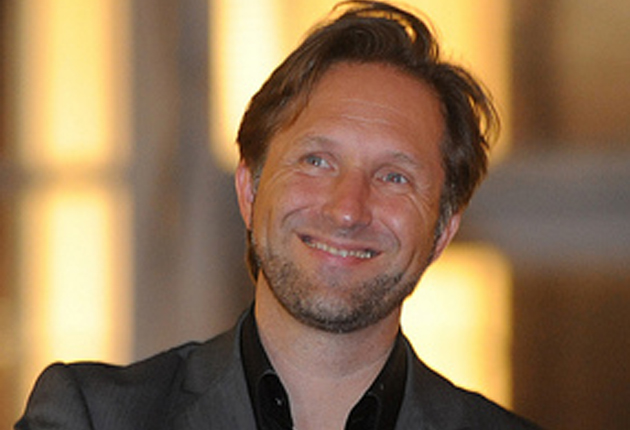Creative industries, like many other branches of the economy, are user-driven. At the beginning of projects such as the European Capital of Culture, it is important to combine both approaches. In the first year, RUHR.2010 conducted research into who works in this sector. We created a database of 11,000 addresses so we can stay in touch with them. In the Ruhr region, like in Berlin or Hamburg, often top-down approaches dominated. For example, tens of thousans of Euros were invested into building of new spaces and no one was interested in renting them. You cannot plan the creative industries. It is important to create opportunity for people to join in. It is not a linear process. At the same time the process does not require large budgets because people who take part cover their own exprenses. And when the process ends you don’t protests against the final strategy it produced because the people it concerns took part in its development. So the two approaches should reinforce one another.
The three rules Politicians rarely use the bottom-up approach. Ministries and administrations often rely on the top-down approach which works in many areas. In this sector however it is important to go out to where your partners are based. Workshops and round tables to discuss strategies can be organised directly in the creative factories.
- The first rule is to go out and meet there where the industry is working.
- The second rule is to create informal and open processes. If you won’t create a space for unconventional approaches and ideas, you will not succeed in developing any stategy that would truly be bottom-up.
- The third rule is to perservere and continue even if there are no results in the beginning. The bottom-up approach usually moves very slowly in the beginning but very fast at the end. In the beginning there are many more ideas than you can use and more people that you can include. But after four to six meetings an active core forms.
